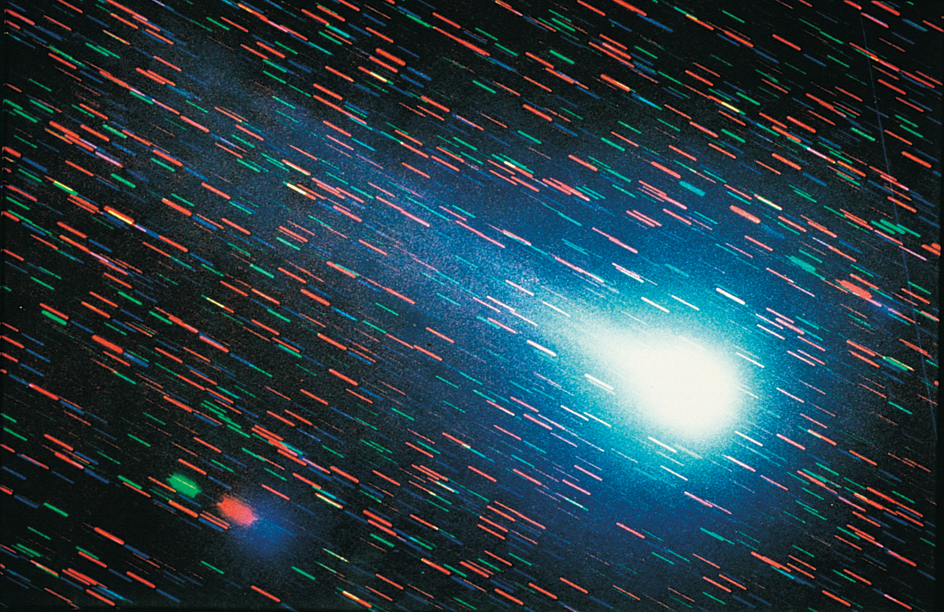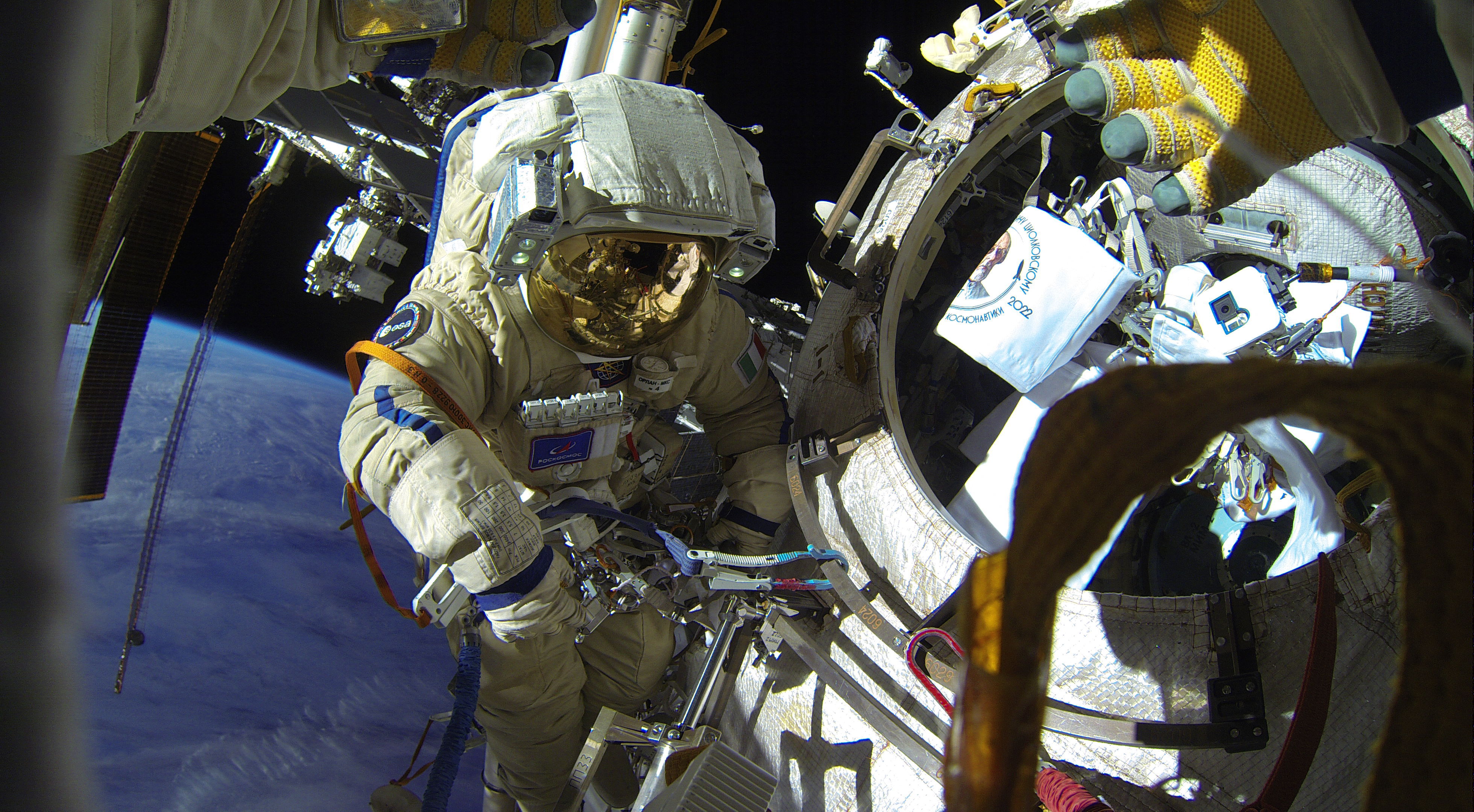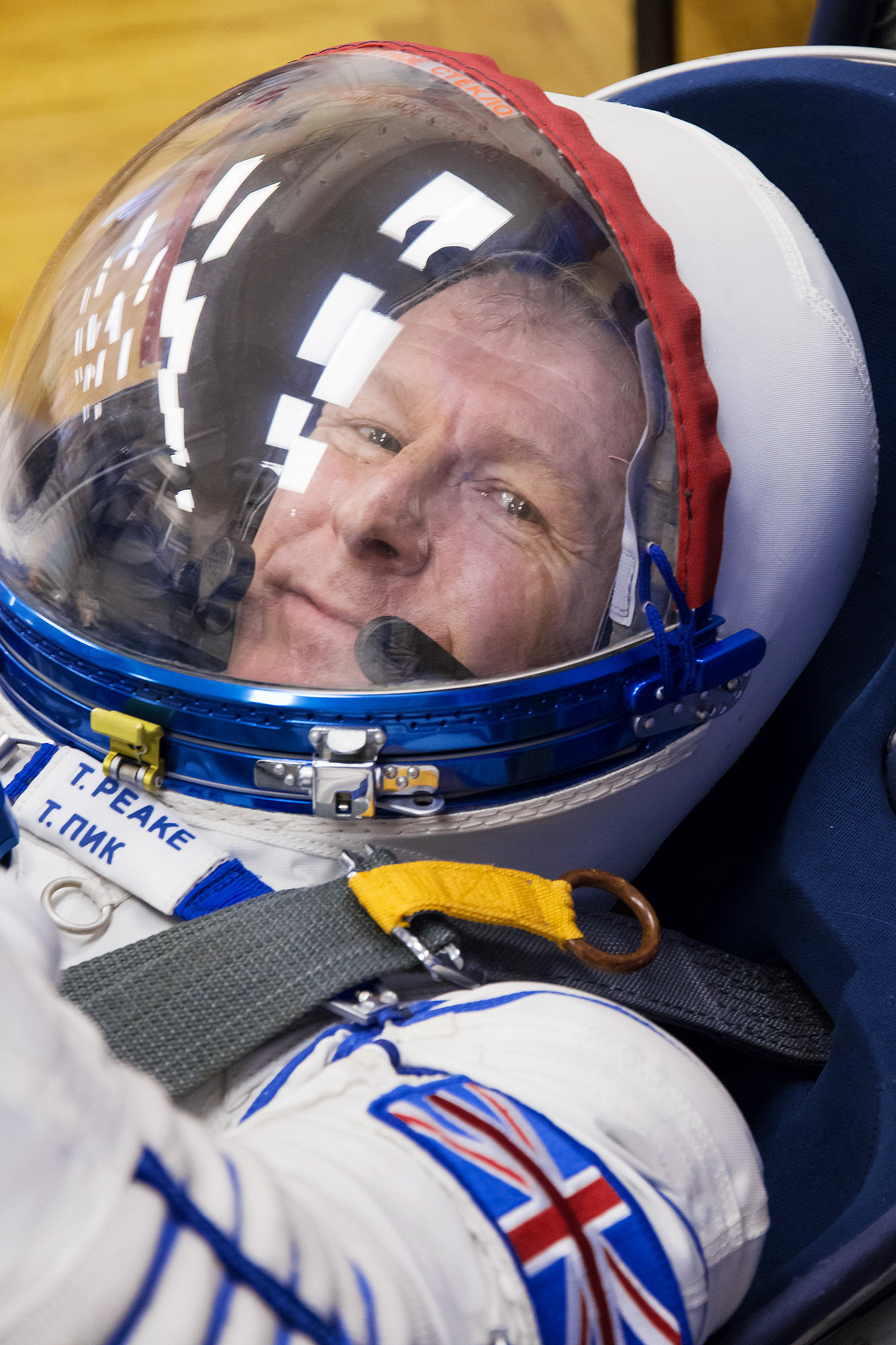European Space Agency (ESA) promotes the development of a cooperative space program among the nations of Europe. It was created in 1975 by merging the European Launch Development Association and the European Space and Research Organization (ESRO). ESRO had been formed in 1962. Members of ESA are Austria, Belgium, the Czech Republic, Denmark, Finland, France, Germany, Greece, Ireland, Italy, Luxembourg, the Netherlands, Norway, Poland, Portugal, Romania, Spain, Sweden, Switzerland, and the United Kingdom.

ESA combines parts of the space programs of its member countries. It has a council made up of representatives from each member nation and a director-general who represents the interests of the agency itself. The council must approve all ESA programs. In 1980, ESA formed a private organization, Arianespace, which launches satellites aboard Ariane rockets from a launch site in French Guiana.
ESA supervised the building of Spacelab, an orbiting laboratory module carried into space aboard the United States space shuttles. The shuttles carried Spacelab on various missions between 1983 and 1998. ESA then began constructing Columbus, a permanent laboratory module for the International Space Station. The space shuttle Atlantis delivered Columbus in 2008.
In 1985, ESA launched the space probe Giotto, which took photographs and collected information as it passed within 370 miles (600 kilometers) of Halley’s Comet. In 1990, ESA and the United States launched the probe Ulysses. The probe made observations over the sun’s south pole in 1994 and over the sun’s north pole in 1995.
During the first decade of the 2000’s, ESA launched a number of space probes. These probes included the Mars Express probe in 2003, the SMART-1 probe to the moon in 2004, and the Venus Express probe in 2005. ESA also built the Huygens probe, which was carried to a position near Saturn’s moon Titan by the U.S. Cassini spacecraft. Huygens descended through Titan’s atmosphere in 2005, becoming the first craft to land on a satellite of a planet other than Earth.
In 2009, ESA launched two space observatories aboard the same rocket. The Herschel Space Observatory observed early galaxy formation and planet formation around distant stars. The Planck mission mapped the cosmic microwave background (CMB) radiation, energy left over from the early universe.
In 2004, ESA launched the Rosetta spacecraft. It orbited comet P67/Churyumov-Gerasimenko from 2014 to 2016. Rosetta carried a small probe that landed on the comet’s nucleus (core) in November 2014.
ESA launched the orbiting observatory Gaia in 2013. Gaia was designed to precisely track the positions of nearly two billion stars within the Milky Way, our own galaxy. In 2018, the data from Gaia was used to create a three-dimensional map of the Milky Way with unprecedented detail.
In 2016, ESA launched the Trace Gas Orbiter (TGO) mission to Mars in collaboration with Russia. The craft was sent to study methane and other gases in the Martian atmosphere that could provide evidence of biological or geological activity. A lander named Schiaparelli was launched with the TGO to test landing technology for future missions. However, the lander crashed into Mars’s surface.



